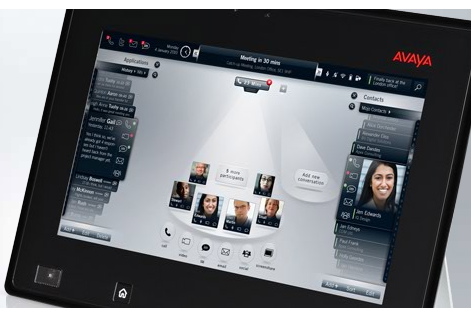 RADVISION has made substantial product progress in recent months. The company has imbedded the Scopia Desktop v5.6 into the LifeSize channel so that LifeSize can market this capability as an 'included feature set' to the LifeSize Multipoint.
RADVISION has made substantial product progress in recent months. The company has imbedded the Scopia Desktop v5.6 into the LifeSize channel so that LifeSize can market this capability as an 'included feature set' to the LifeSize Multipoint.
The business model is pretty clear: sell the MCU as an inexpensive and feature-rich MCU, include the desktop software capabilities for free. The desktop software drives demand for conferencing port consumption beyond what the room equipment population might consume and is somewhat like the salt in deep fried chicken batter – it makes you want/need to purchase complementary products to satisfy users (in the case of the Desktop) and your own thirst (in the case of the fried chicken).
Customers do pay extra for recording and post-event playback features.
The most important new feature of v5.7 is the availability of H.264 encoding on PCs using the latest, $99 Logitech 9000 web camera. Decoding was available in v5.6. This is High Definition encoding and decoding. In v5.6, PC users could only see the HD video conference, but they could not be seen.
Significantly, this is the first product announced to do HD on PCs and is a welcome milestone. Now, PC users can engage more visually with their other PC-attached colleagues and with the office and room-centric systems. This is moving past the desktop collaboration sweet spot which is where WebEx , HearMe , MegaMeeting and SightSpeed are centered right now. RADVISION has upped the ante offering both a classic customer premises solution while the others are public services and uniquely enabling conferencing between room and PC systems.
Radvision's paradigm is the waiting room model for pending sessions. Users are assigned specific urls for their meetings. Participants browse in and wait while the session organizer decides to begin the session.
This is expected to ship in December 2008.










